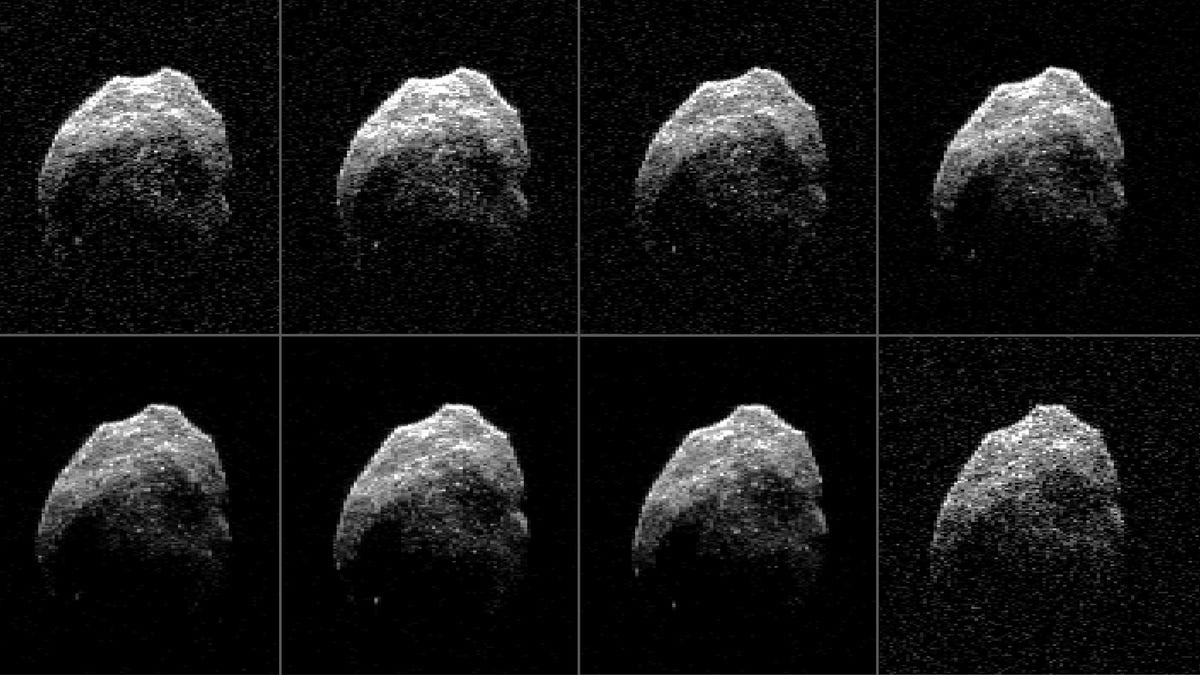Take a closer look at that Halloween 'skull' asteroid
The asteroid that buzzed past Earth on October 31 looked like a skull at first blush, but new NASA images show another side to the space rock.
It was a space story made for Halloween.
Asteroid 2015 TB145 made a relatively close but completely safe flyby of Earth on October 31. The day before the flyby, the National Science Foundation's Arecibo Observatory in Puerto Rico collected fuzzy radar images of the asteroid that made it look like a flying skull in space.
We now have some clearer radar images of the asteroid, which turned out to be a dead comet. The two shadowy eyes and gaping nose aren't obvious in the latest, higher-quality images.
The images were captured by bouncing a signal off the asteroid. The National Radio Astronomy Observatory's Greek Bank Telescope in West Virginia received the radar echoes.
Scientists did learn more about the space rock from the new images. It's roughly spherical and measures 2,000 feet (600 meters) in diameter. NASA released the fresh look on Tuesday.
The pictures "reveal pronounced concavities, bright spots that might be boulders, and other complex features that could be ridges," said Lance Benner, leader of NASA's asteroid radar research program. He said the earlier images and these look different due to their different perspectives on the asteroid. The asteroid rotates around every three hours.
The flyby garnered a lot of interest from both scientists and space aficionados. It first emerged from the shadows on October 10 during a telescope survey aimed at locating and tracking near-Earth asteroids. It passed by at a distance of around 300,000 miles (480,000 kilometers). NASA isn't expecting another asteroid of this size to fly that close to Earth until 1999 AN10 is scheduled to swing by in August 2027.
This isn't the last we've seen of asteroid 2015 TB145. It will be back in the neighborhood in September 2018, but at a much farther distance away than the recent flyby.


